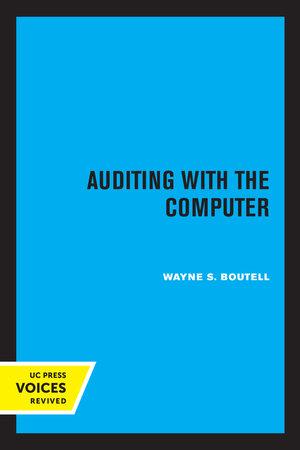Table 1: Costs of Buying Office Space Year Down Payment Opportunity Cost Annual Payment Future/Present Value (-10%) 0 Nct Present Value of Costs (Discounting for Time): Table 2. Benefits of Reselling Office Space Year Appreciation Scenario (75) Resale Value Depreciation Scenario 1.25) 0 ! 2 3 EMV (Discounting for Risk: PV of Benefits (Discounting for Time. -10%); Table 3: Costs of Leasing Office Space Down Payment Opportunity Cost Future/resent Value (d=10%) Year Annual Payment 0 Net Present Value of Costs (Discounting for Timela CBA Devi Cost of Buying 50.00 Cost of leasing S000 Assignment: There are three tables in the Excel file called Lab4- tables.xlsx. You should use Table 1 to calculate the Net Present Value of costs associated with the "buy" option. Use Table 2 to calculate the Present Value of benefits (returns) from reselling the office space after the election, associated with the "buy" option. Use Table 3 to calculate the Net Present Value of Costs associated with the "lease" option. Background: You are hired as a technical consultant for a mainstream political party to provide technical policy advice on an important long-term policy decision. In the meantime, it is summer of 2021, and the party is planning on running a strong Senate election campaign in 2022, and your policy advice could play a crucial role in the strategic budget position of the campaign. The party decided to locate its campaign headquarters in a major metropolitan area with high-priced real estate, but with easy access to donors and large contributors. Party leaders know you have experience conducting cost-benefit analysis from your time at the John Glenn College. The party wants you to help determine if they should buy the campaign office space and resell it in 2023, or lease the office space for the same period of time. Purchase Decision: The office space has a current sale price of $5,000,000. If the party purchases the office space, it will be required to put a 10% down payment now (2021). . Because it will only need the office space for three years (2021- 2023), the party will have a 3-year structured mortgage of 3 annual payments at an annual interest rate of 4%. . By 2023, the party will own the office space outright, and can resell the property at whatever the market value in 2023 will be (i.e., discounting for depreciation risk). For the past ten years, commercial real estate in in the city has gained value at the rate of 2% annually. However, some experts believe that there is also a chance that the office space could lose market value at 2% annually. (Therefore, there is a 75% chance that the property will gain 2% value annually for the next three years, and there is a 25% chance that the property will lose 2% value annually for the next three years.) The party asks you to factor in the opportunity cost of the 10% down payment. That is, party leaders realize that it could take the money from the down payment and put it in a high yield money market account and earn an annual interest rate of 10%. The party also asks you to use this rate of 10% as the discount rate for the CBA Lease Decision: If the party decides to lease the office space, it will have to put a 5% down payment now (2021). . The party has also asked you to factor in the opportunity cost of the . Part 2: Cells with a diagonal slash through them do not require any inputs. Leave them blank. Calculate the nominal resale value for each appreciation scenario, for each year. Remember, under the appreciation scenario the property will increase in value at 2% annually, and under the depreciation scenario it will decrease by 2% annually. Calculate the Expected Monetary Value discounting only for risk in the green-colored cell in the last column of Table 2. This should factor in the 75% probability that the appreciation scenario will occur, and the 25% probability that the depreciation scenario will occur. In the blue cell, calculate the present value of benefits that the party will incur if it resells the property after 3 years, based on the risk- discounted EMV










